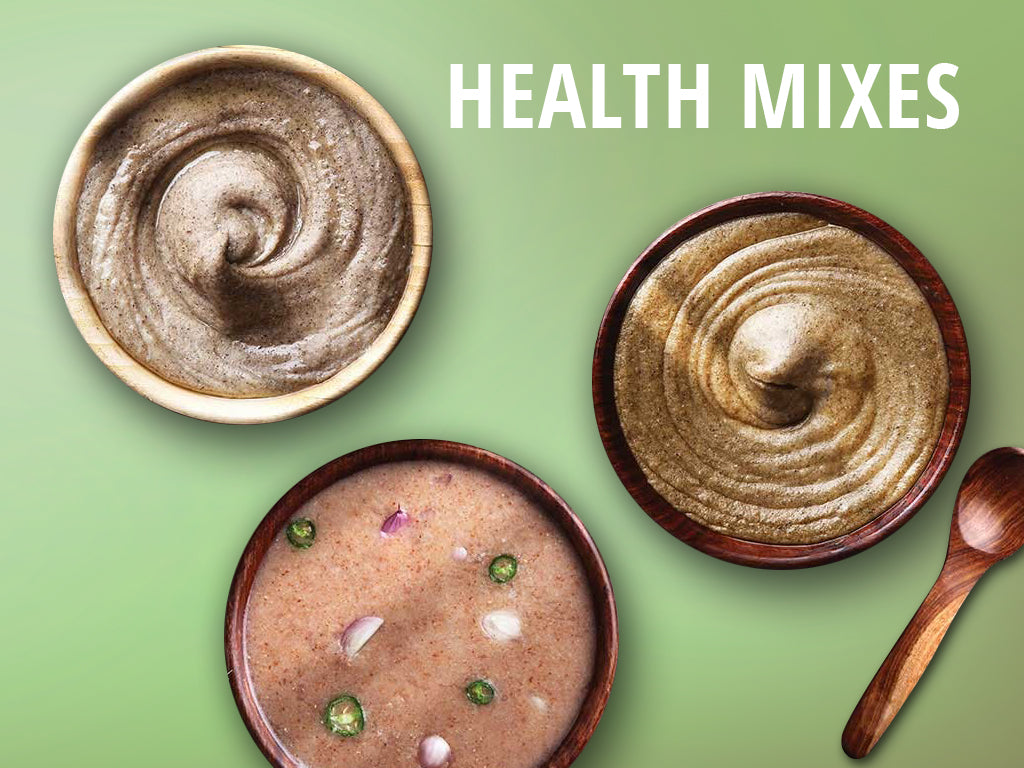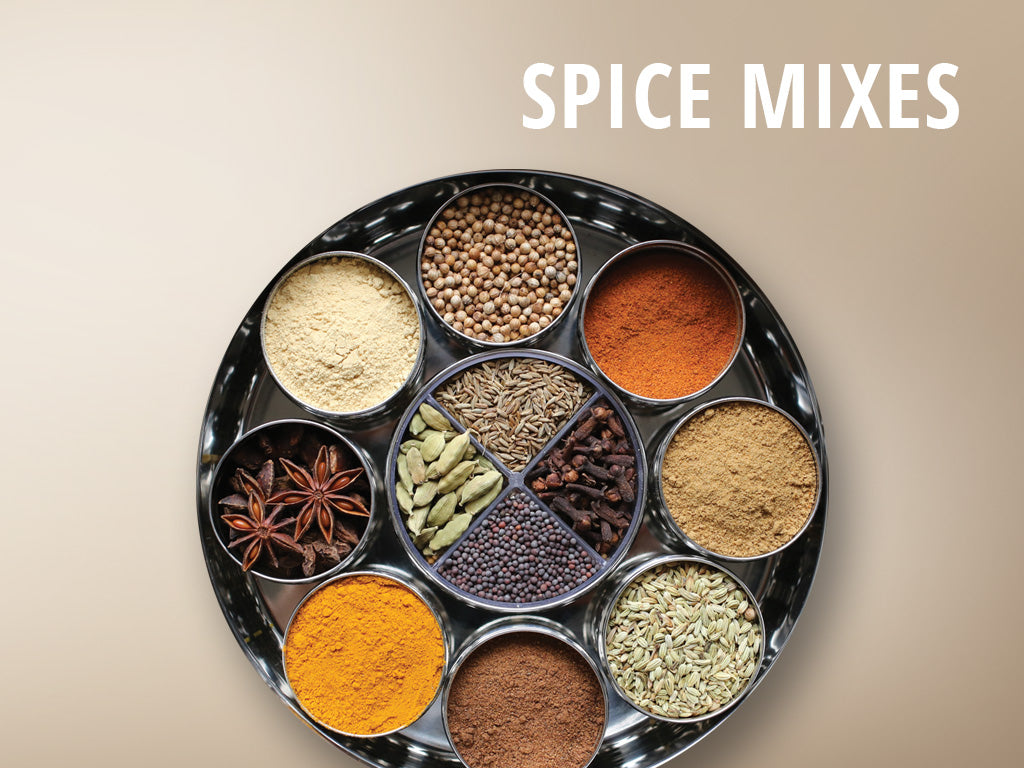Native Rice...Superior Nutritioner...and the warriors...

To start with,Lets have a question on ourselves ,how many of us are aware of the indigenous varieties of rice used by our ancestors,which are out of use ...well,the fact surprises that,many of us were not aware of those treasures of rice varieties.
Over the past years ,most of us are used to consume the different types of white rice varieties,and its being the main dish of our everyday lunch menu,and for most of our breakfast and dinner dishes like idly,dosai,pongal,appam...etc.Due to the lack of awareness and health conscious ,we force ourselves to eat the usual n common dishes popular nowadays...Even though, we have vast kind of native rice varieties ,which was taken by our ancestors,whose entire life was healthy without any complications.
The fact is that these indigenous rice varieties are of high in nutritional values.So,Its better late than never, to move from our usual ,bored white rice to healthy native rice varieties, which are grown naturally,independent of pesticides and fertilizers....and also some of them are drought resistance too.....
Indigenous varieties of rice are Highly Nutritious,unpolished -high fiber content,which makes our body and mind healthy...Indigenous is nothing but originating or occurring naturally in a particular place; native..
Based on the findings of A Sathya ,Centre for Advanced Research in Environment (CARE), paper on The Art of Naming Traditional Rice Varieties and Landraces by Ancient Tamils ..there are wide range of rice varieties to include in our food..some of the rice varieties include,
Names of rice varieties based on grain color and shape and duration
Based on grain color
Muthu samba, Manika samba, Vellai samba, Pavala samba, Kunguma samba, Senthazhai, Sembavala samba, Muthu vellai, Muthu vilangi, Vellai puttu (White puttu), Por sali, Porpalai, Karunguruvai, Vellai mudangan, Pora vellai, Muzhu vellai, Neela samba, Karuppu nel, Karuttakar, Sivappu kuzhiyadichan, Sornavali, Sonnavari, Vellai kariyan, Thanga samba, Sigappu kuruvai kar, Sempalai, Senchamba, Karunchoorai, Sennel, Karuppu nel (Kari nel), Sempalai (Saidapet), Sempalai (Uthamapalayam), Senkar, Senguruvai, Vellari, Vellai kar, Vellai kuruvai, Sambelai, Manjal sirasali, and Karuppu puttu (Black puttu)
Based on shape of whole grain
Nedu mookan, Mookan samba, Mookan nel, Kattai valan, Kattai chamba, Gundu nel, Gundu samba, Kurunchamba, Sinna chamba, Periya samba, Perunel, Sirumani, Periya kitchilli samba, Perum samba, Vallai samba, Vallai kar, Valla kar, Periya kitchilli, Konakuruvai, Gundan samba, Kulla kar, Sanna samba, Perungar, and Katta Mosanam
Based on duration/season/period
Karthigai samba, Chithiraikali, Chithirai vannan, Nenchamba, Kuruvai, Kuruvai killai, Kuruvai kilaiyan, Samba mosanam, Karthigai samba, Samba, Aruvadham samba, Chittiraikar, Arubadham kodai, Kar arici, Vaikarai samba, Avasara samba, Arubatham Kuruvai, Kodai samba, Aruvatham vattam, Sornavari kuruvai, Kar (Tirunelveli), Kar samba, Kar (Gobichettipalayam), and Sornavari kuruvai
Rice varieties named in memory of great persons
Ottan samba, Kathuri samba, Amarthan samba, Ponnayakan, Pachai perumal, Buththa nel, Thillai koothan, Thiruvarangan, Veedhi vidangan, Ariyanayagam, Azhagiya vannan, Irangal meetan, Adhi varagan, Kannadi koothan, Mangaamar kathan, Vangi Narayanan, Azhagiya Manavalan, Kalingarayan, Kuttralan, Sirai meetan, Ariya nayagan, Kaniyalan, Madurai vanan, Kathuri vannan, Sendalankaran, Thirai kondan, Rasa Rasa vanan, Idai kandan, Achchumurithan, Uyyakondan, Nagarayan, Kanchanankondan, Kongaru, Pandi chamba, Thirunelvely nathan, Annathani, Buththan vari, Ramabanam, Seetha Bogam, Aruchunan, Bavani, Chandikar, Kallimadaiyan, Ariyan nel, Iravai pandi, Kandasali, Sooran kuruvai, Kaliyan samba, Thirumangaiazhvan, Ravanan, Macchu murithan, Valaan nel, Vanaan nel, Annamazhagi samba, Senthi nayagam, Velan samba, Chittan samba, Chirunalairayan, Ayyan samba, Tulukka samba, Valsara mundan, Karutha saradi, Vallarakkan, Marudhi, and Thoppikaran samba
Naming based on specific reasons
The varieties such as Mapillai samba, Pisini, Kappa samba, Mosanam, Kappan samba, and Kalar samba had been named with specifi c purpose/reason with multiple names.
Mapillai samba.
The word ‘mapillai’ means ‘bridegroom’. It was a virtue for every Tamil man to prove his strength and valor. Many sport events were organized to demonstrate the skill and physique as a symbol of masculinity. During the process of selection of bridegroom for a bride, the proposed man had to lift up a huge boulder to manifest his stamina. The night before this event, the cooked grains of the rice variety ‘Mapillai samba’ were soaked in water overnight. Early next morning, the proposed man had to drink the supernatant water of the soaked grains, which was full of instant energy and enriching nutrients such as carbohydrates, vitamins, etc. With the added energy he would be able to lift up the heavy boulder and win the hand of the bride. So, this variety of paddy was called ‘Mapillai samba’.
Pisini.
The word ‘pisini’ means ‘stingy person’. The variety was bestowed with this name perhaps based on its volume of expansion during cooking/any other cause related to restricted volume/size.
Kappa samba.
The word ‘kappa’ means ‘tapioca’. The variety is called Kappa samba as it is suitable for consumption along
Names of rice varieties based on locations District/Place
Salem samba, Manila ponni, Gobikar, Athur samba, Coimbatore samba, Rajapalayam samba, Rangoon samba, Nellore samba or Arai samba, Tiruchungodu samba, Tituthuraipoondi Kar, Bangalore Kar, Arcot kitchilli, Amba samuthiram, Seethappakkam, Pudupatti samba, Sembilipuram samba, Kochi samba, and Chengalpattu sirumani Location direction Vadakathi samba, Vadakkan samba, and Therkathikar Specifi c locations Kattu Samba (forest), Vaikunda (heaven), Jil Jil vaigunda (heaven), Kuruvai Kalanchiyam (storage kiln for grains), Kottara samba (storage kiln for grains), Kattu kuthalam (forest), Kathuvanam (windy forest), Thotta samba (garden), Veethi Vadankan (street), Pattanam Samba (city), Malai mundan (hill), Malai kitchadi (hill), Kollikar (hill), and Malai nel (hill rice) Dryland Puzhuthi samba, Puzhuthikkal, Puzhuthi parati, and Puzhuthi peratti kar 18 Naming traditional rice varieties with tapioca or may be because any other morphological feature resembles tapioca. Mosanam. The word ‘mosanam’ means ‘low lying area’. The variety is known as Mosanam as it is suitable to be grown in low-lying fi elds or fl ooded conditions. Kappan samba. This has dual meaning. One is that this variety was paid in measures as tax (kappam) and the other relates to tapioca. Kalar samba. The word ‘kalar’ means a ‘place of alkalinity’. This variety can withstand high alkaline conditions and is so alkaline resistant. According to Tesfaye (2008), the enset varieties had been named by folks in South Africa based on miscellaneous specific descriptions such as ‘aiidaara’ (friends), ‘badado’ (effort), ‘buufare’ (small rain), ‘garbo’ (swampy), ‘goocaro’ (shallow cooked), ‘hemeseesa’ (shameless), ‘micco’ (misery), ‘qaanda’ (eye discharge), and ‘shawwe’ (kwashiorkor). The practice of naming the varieties elsewhere based on specific reasons is thereby speculative.
Another essential point is that not only the above said community have the indigenous rice types in huge number...but also there are many other community ,who have their own native varieties ..especially ,when it comes to the characteristics,name given to them,nutrition content,climatic conditions, cultivation,aroma varies according to the geographical areas in which each community is grounded....
Well for now,you can't really say that not all the indigenous rice varieties exists..However, slowly the cultivation of these varieties and consuming it is booming ...only because of the rice warriors,who devoted their time to preserve, cultivate and made the native types come into existence once again...for heathy living...
According to The Hindu,newspaper...
Mr.R Jayaraman hailing from a small village called Adirangam in Kattimadu block, Thiruthuraipoondi in Tiruvarur was conferred the ‘best organic farmer award’. Poor financial situation at home compelled him to discontinue studies and take up some odd jobs. He learnt on his own and now possesses more information on climate variations and crop patterns. The Hindu reported that some of the important varieties maintained by him are :
Kattuyanam (best suited for flood condition),
Poongkar (suited for saline soil),
Karunguruvai (best for making biriyani),
Kuzhiyadichan (for alkaline soil),
Kudavaalai, Gauvuni,
Mappillai Samba (for high energy),
Samba Mosanam (best suited for making flat rice),
Arupatham Kuruvai (short duration variety (60 days).
------------------------------------------------------------------------
Dr.Debal Deb, India's rice warrior, an ecologist by training and a full-time rice conservationist working on a demonstration farmland near Rayagada in Odisha in a bid to prepare a seed bank of the 700 varieties of traditional rice.
“India had nearly 1,10,000 varieties of rice till 1970 and this diversity has been lost to posterity as a result of the green revolution with its emphasis on mono culture and hybrid crops. Now, only 6,000 species or varieties of rice survive. The destruction of the rice diversity of the country is a contribution of the green revolution,” Dr. Deb said.
Interacting with media persons, Dr. Deb pointed out that rice emerged in India 14,000 years ago and with a single variety, farmers experimented and amplified the genetic diversity and in the course of the last 10,000 years, there emerged 1,10,000 varieties of rice of which only 6,000 survive.
And yet,we too have the responsibility in preserving our traditional rice varieties not only for saving seeds for our future generation but also for self wellness by consuming the wide variety of nutritious native rice...and in first palce,congratulating the warriors for their efforts for their role in preserving the seeds and re-existence of these wide precious varieties of rice ....
Lets have it ...and make our future generations healthier and happy......































Pls Briefly explain about kottara samba rice variety